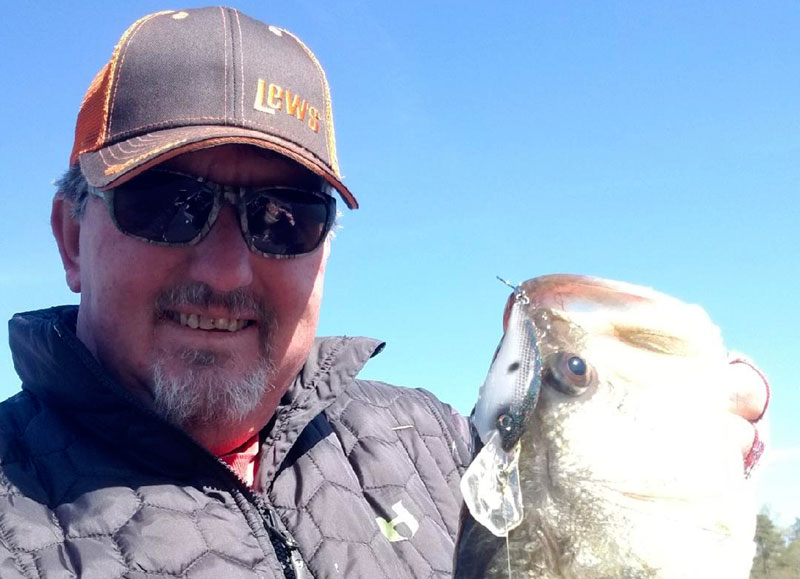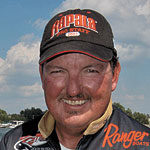
New crankbait has David Fritts excited
I have always loved bass fishing in March in the Carolinas. And I’ve got an extra reason to like it this year: a new bass lure that fits perfectly in the conditions.
Bass fishing depends on the weather to some extent, because in March, it can be cool, or downright cold. The water temperature is typically in the low- to mid-50s. I know that anytime you see the water get up to, say, 58 to 60 degrees, that’s a good sign that you need to be winding something. Something like a crankbait, a spinnerbait, even swimming a worm or a jig.
Jerkbaits are always productive lures in March when bass start to stir. That’s because they aren’t always sitting on the bottom around structure. They will come up out of deeper water to hit baits that are over their heads. And that’s where jerkbaits and certain kinds of crankbaits really come into play.
Some of those newer crankbaits bear my name — Berkley’s Frittsides baits — and I can’t imagine fishing in March without this new bass lure.
We tried to design this bait off the old Steve Blazer flat-sided bait but make it better. We did some things, like using disc weights in the bellies, and put the rear hooks right behind the bait to make it a little more weedless. They worked out great. It’s a plastic bait, but it’s solid and thick, so it throws like a wooden bait. Most of the time, throwing flat-sides is aggravating, but you can throw this one a long way.
Three options
Depending on how deep the fish are you’re targeting, you either use the No. 5, No. 7 or No. 9 models. The No. 5 is the smallest. It runs 5 to 6 feet deep, and it is totally different from the other two. It has a tremendous amount of roll. This one thumps almost like a big spinnerbait blade thumping, but it’s a crankbait. The No. 7 runs 7 to 8 feet deep, and I fish the No. 9 in 10 feet of water. The No. 7 and No. 9 have actions that are different from the No. 5. They have a side-to-side motion, not a swimming motion. It’s almost like a shimmy.
I will fish a No. 5 anywhere you can fish a square-billed bait. It will come over top of grass, run next to letdowns. It’s a shallow-water bait. You’re throwing it more at targets than the deeper-running baits. I think it’s better to throw it on my 6-foot-8 or 7-foot Lew’s cranking rod. I will fish the No. 7 and No. 9 on a 7-foot-6 or 7-foot-9 cranking rod. You put a Lew’s BB-1 reel with a 5.1-to-1 retrieve ratio, and I spool on 10-pound Sensation mono, which is optimal for any crankbait. Fluorocarbon has too much stretch.
Bass strike up
How deep you fish often depends on how far fish will come up to get it. If fish get on the kinds of patterns they do on Lake Murray, Lake Gaston or Lake Norman in March, where they’ll come up 5 to 8 feet to get a bait, you can throw a No. 7 or No. 9 over deeper water, or you can bump stumps with it. When I was testing the bait, I caught seven fish over 8 pounds in two days on Lake Hartwell last March, right before they went on the beds. I was sitting in a channel in 25 feet of water, throwing up on the flat, and the big fish would follow it back and hit it right at the boat.
Most of the time, I have to make a crankbait hustle when I’m retrieving it. But when I was testing these baits, I’d catch fish winding much slower than normal. When you wind it slowly or medium-slow, you sort of get that side-to-side jerkbait action.
There are a handful of colors I really like in March: honey shad, spicy mustard, Kentucky blue, misty clear and red craw. But to tell you the truth, the action is so strong on this new bass lure, I don’t know if the colors play as big a role.


Be the first to comment